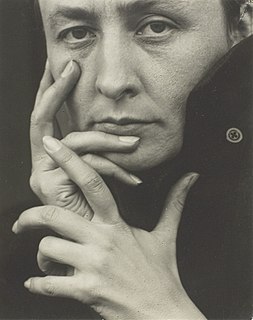Top 277 Quotes & Sayings by Kehinde Wiley - Page 5
Explore popular quotes and sayings by an American artist Kehinde Wiley.
Last updated on April 19, 2025.
I enjoy Chicago as one of the great American cities. When I come here and take a taxi from the airport, I meet a young man from Somalia. I meet a young man from Eritrea who engages with this nation with a sense of hope and a sense of desire. But we also we know that there are other elements of this nation that are toxic.
I think what's really interesting and useful about this question is that ultimately all art is a type of self-portraiture. And so in the act of identifying yourself, you're using others to get to that point. And so you're parsing out different aspects of different people in the world. You're choosing not only from America but increasingly globally different aspects of what's out there.
While it may seem a little mundane, the material realities of realizing the painting actually have a lot to do with how you should read the painting. For example, we assume that what the model is wearing is what we found him in in the streets. No; in fact, a lot of what happens is that in Photoshop certain aspects are being heightened or diminished. There is no actual material truth in these paintings.
I think that once you're able to sort of get in line with who and how you relate to the world, you'll become closer to this index that I'm referring to. Because what you want is this card that relates to that book. What you want is this human that relates to this world, rather than having this art school society scattering that point of view somewhere in between. It becomes diffused. And that level of clarity, I think, was gained at the Studio Museum in Harlem.
























